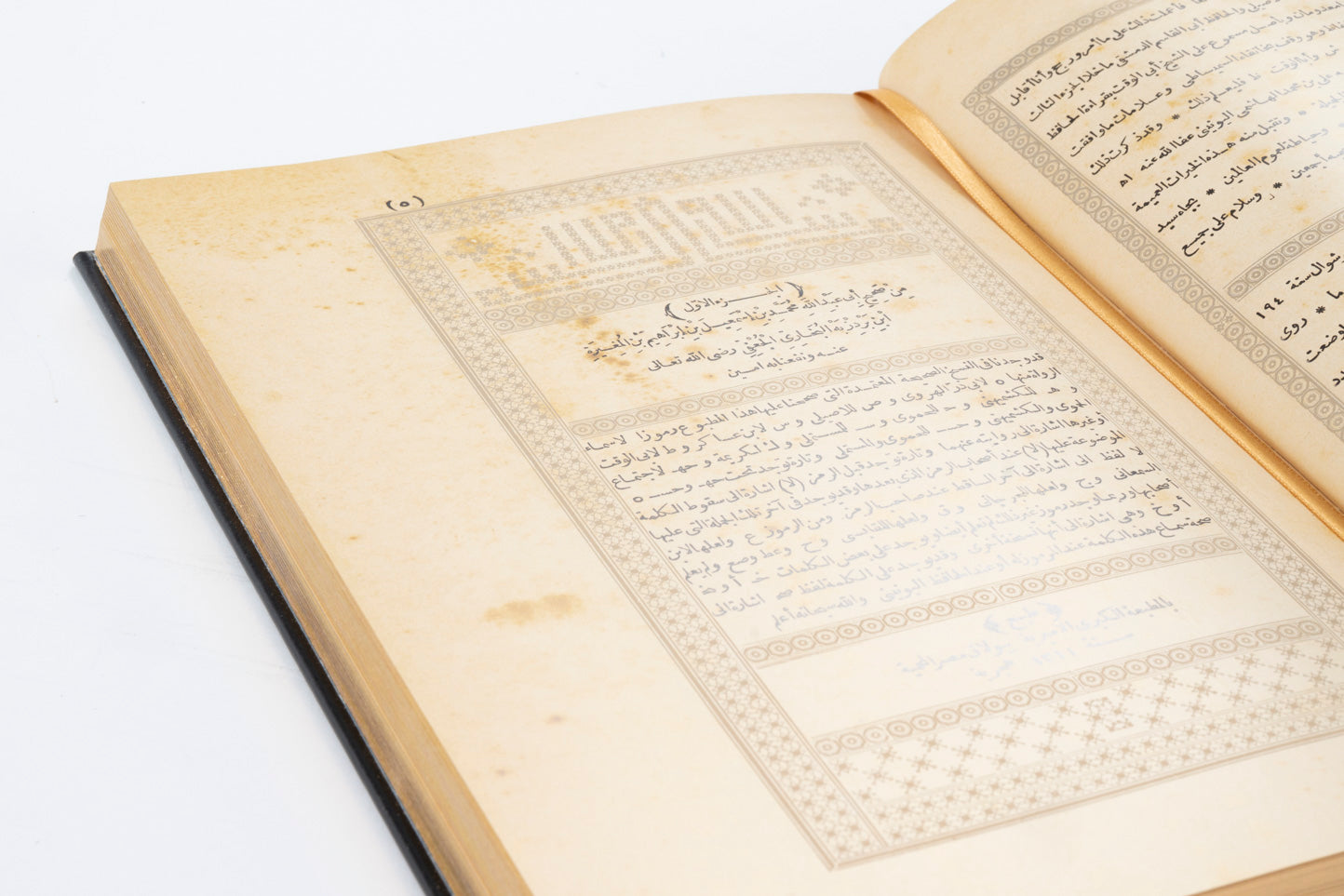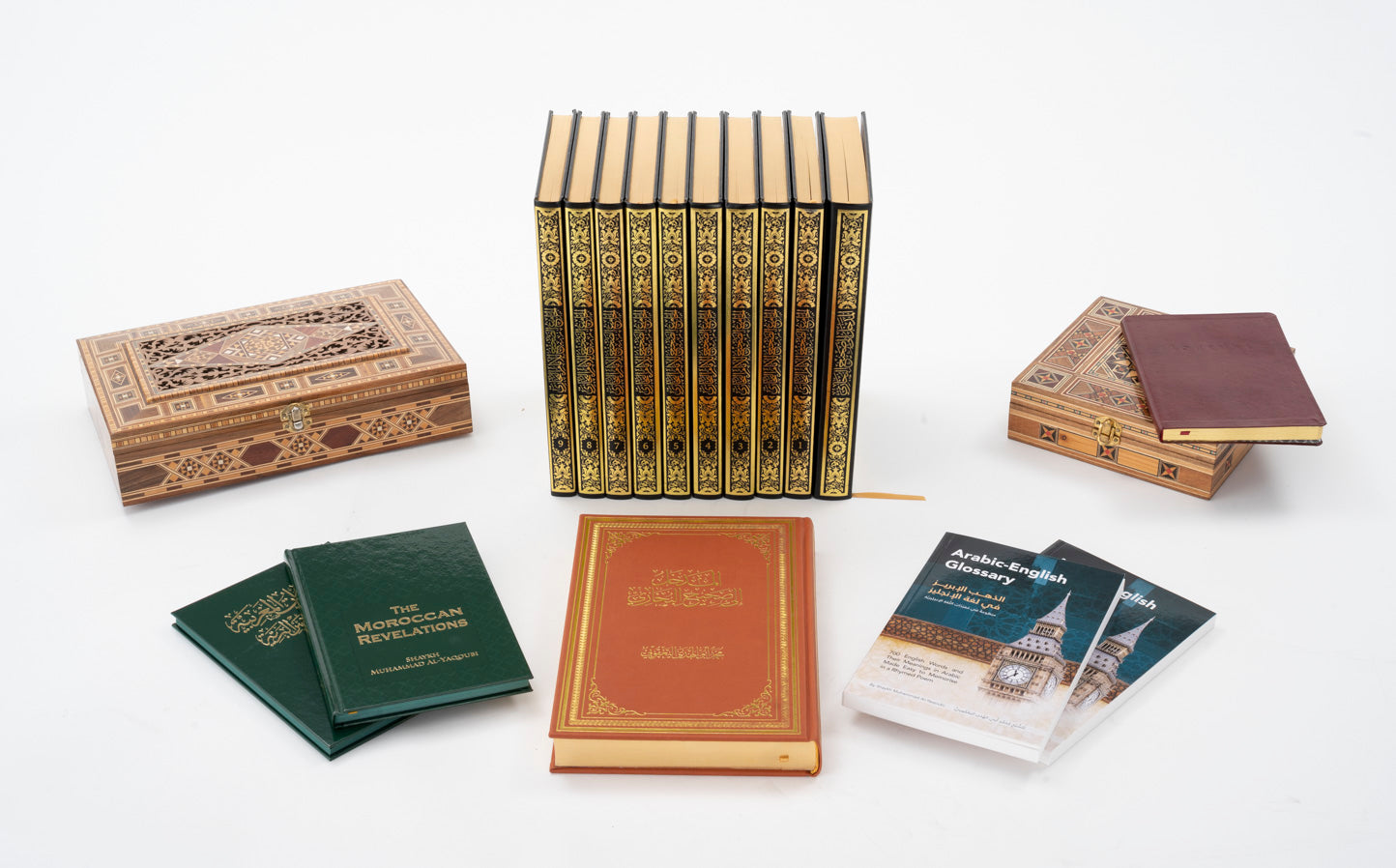An original book or sometimes manuscripts of rare editions are as much of a work of art as a classic painting that hangs in a national museum. These books are so valuable that almost no one can touch them, for fear of destroying what has been preserved by history.
And just as a cheap poster is a poor substitute for an original painting, so are many mass-produced reprints of valuable books. That’s why facsimiles play such an important role in the preservation of culture and education throughout history.
A facsimile, a Latin term that translates as “make alike,” is a reproduction of an object that is more than just a visual replica. It is a product that also encompasses the true feel and detail of the original work of art in a way that lets people imagine what it is like to handle that artefact in question.
History of Facsimile
Before the printing press was invented in 1450, books were hard to come by. Reserved for only the noblest families, they were written by hand and treasured for the author’s ability to share words without even having an editor.
It may be hard for modern readers to imagine these works of art, let alone their value in a world long before the internet made it simple to read almost any information they’d want. But, of course, you can see pictures of one on the internet.
Once you see one of the original books, you can understand why so many families throughout history demanded a way to own authentic copies. This is where the facsimile comes in.
Honourable Substitution of an Original
Unlike today’s regular hardback copies of books, a facsimile is designed to display all the beauty and detail of an original work and on occasion improves due to latest technological processes available.. For example, not only does it unveil the beauty of the leaves or images in the finest detail, but it also ensures the original sequence of pages.
The cover is fashioned to comprehensively replicate the original so that it both looks and feels like it. The feeling, of course, is what makes the art of facsimile. Only a few people can hold an original book due to the limited number and also the high costs which are associated with these books, but owners of a facsimile can enjoy those same properties at home.
When someone is interested in engaging in a meaningful relationship with authors and their words and images, the few exhibitions of the original book aren’t good enough. It’s the same for owning simple prints from a publishing house that just wants to make money on cheap and fast copies.
A facsimile provides an opportunity to preserve the work in all its glory, both visually and through its tactile qualities. Owning a facsimile reproduction is a must-have for anyone who loves books and history, but is unable to afford the high price tag of original editions.
For true aficionados, a facsimile is something that can be passed down to generations with honour. It is truly a three-dimensional work of art designed to bring justice to a masterpiece that has survived centuries of history to share wisdom and beauty with modern-day readers.
Check out our Limited Edition Facsimile of Sahih al-Bukhari on our website for purchases and more information.




